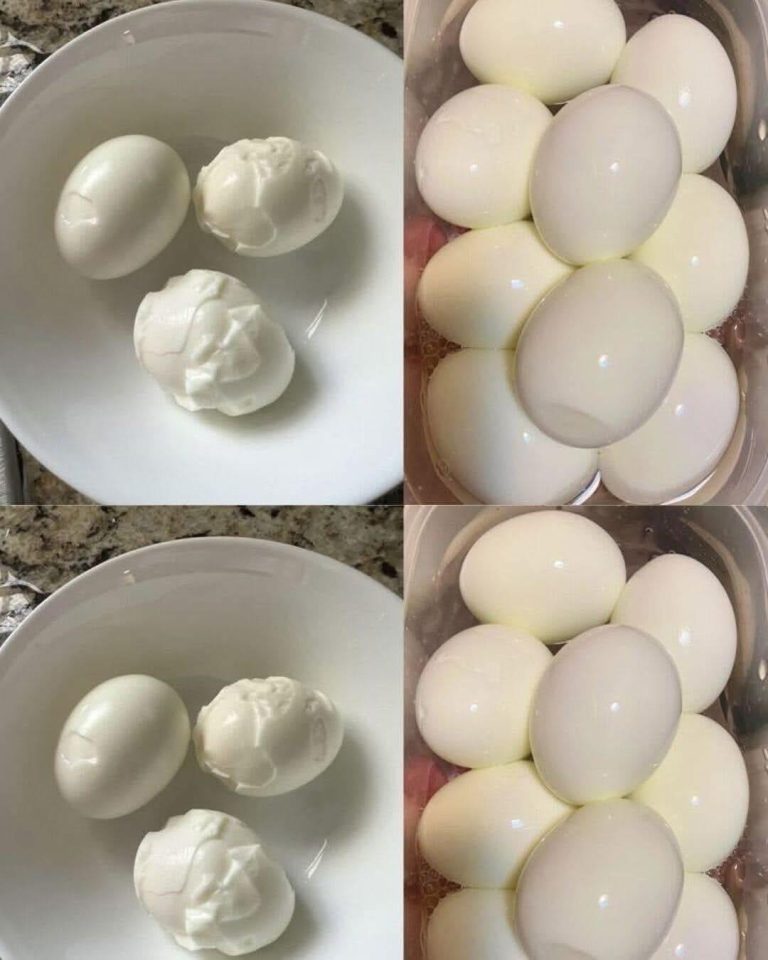
Few canned foods are as iconic—or as misunderstood—as SPAM. Whether you grew up eating it fried with eggs, stacked into sandwiches, or as part of Hawaiian musubi, SPAM has become a cultural staple worldwide. But have you ever wondered what the name actually means, or what’s inside that famous blue-and-yellow can? Let’s break it down.
What Does SPAM Stand For?
SPAM was introduced by the Hormel Foods Corporation in 1937, right before World War II. While the name might seem like it should be an acronym, the true meaning has long been debated.
There are two widely accepted theories:
- “Spiced Ham” – This is the most popular explanation, and one even Hormel acknowledges. It reflects the product’s origins as a seasoned, preserved form of pork.
- “Shoulder of Pork and Ham” – Another theory suggests SPAM’s name was a reference to the cuts of meat used.
Interestingly, Hormel has never given a definitive answer. A company executive once jokingly said the name means “Something Posing As Meat.” Over time, the brand leaned into the mystery, which only fueled its popularity.
What’s Actually in SPAM?
Despite the jokes and myths, SPAM is surprisingly simple in terms of ingredients. A classic can of SPAM contains only six ingredients:
- Pork with ham – The main protein base.
- Salt – For flavor and preservation.
- Water – Helps blend the ingredients.
- Modified potato starch – Keeps the texture firm and prevents separation.
- Sugar – Adds balance to the saltiness.
- Sodium nitrite – Preserves color and prevents bacterial growth.
That’s it! No mystery meat, no hidden fillers—just seasoned pork in a shelf-stable form.
Why Did SPAM Become So Popular?
SPAM’s rise to fame began during World War II. Its long shelf life made it ideal for feeding soldiers in the field. After the war, it spread to places like Hawaii, Guam, the Philippines, South Korea, and Japan, where it remains a beloved part of local cuisine.
For example:
- In Hawaii, SPAM musubi (SPAM on rice wrapped in seaweed) is a favorite snack.
- In South Korea, SPAM is often included in budae jjigae, or “army stew.”
- In Guam, the average person eats more SPAM per capita than anywhere else in the world.
Modern SPAM Varieties
Today, Hormel produces over 15 varieties of SPAM, including:
- SPAM Lite (with less fat and sodium)
- SPAM with Bacon
- SPAM Jalapeño
- SPAM Teriyaki
- SPAM Turkey
These variations prove that even a canned meat classic can evolve with time.
Final Thoughts
While the name SPAM might always remain a bit of a mystery, what’s inside the can is no secret: simple, seasoned pork that’s been enjoyed for nearly a century. From feeding troops in wartime to inspiring culinary creativity around the globe, SPAM has earned its place as both a comfort food and a cultural icon.




1 thought on “SPAM: What Does It Stand For, and What Are Its Ingredients?”